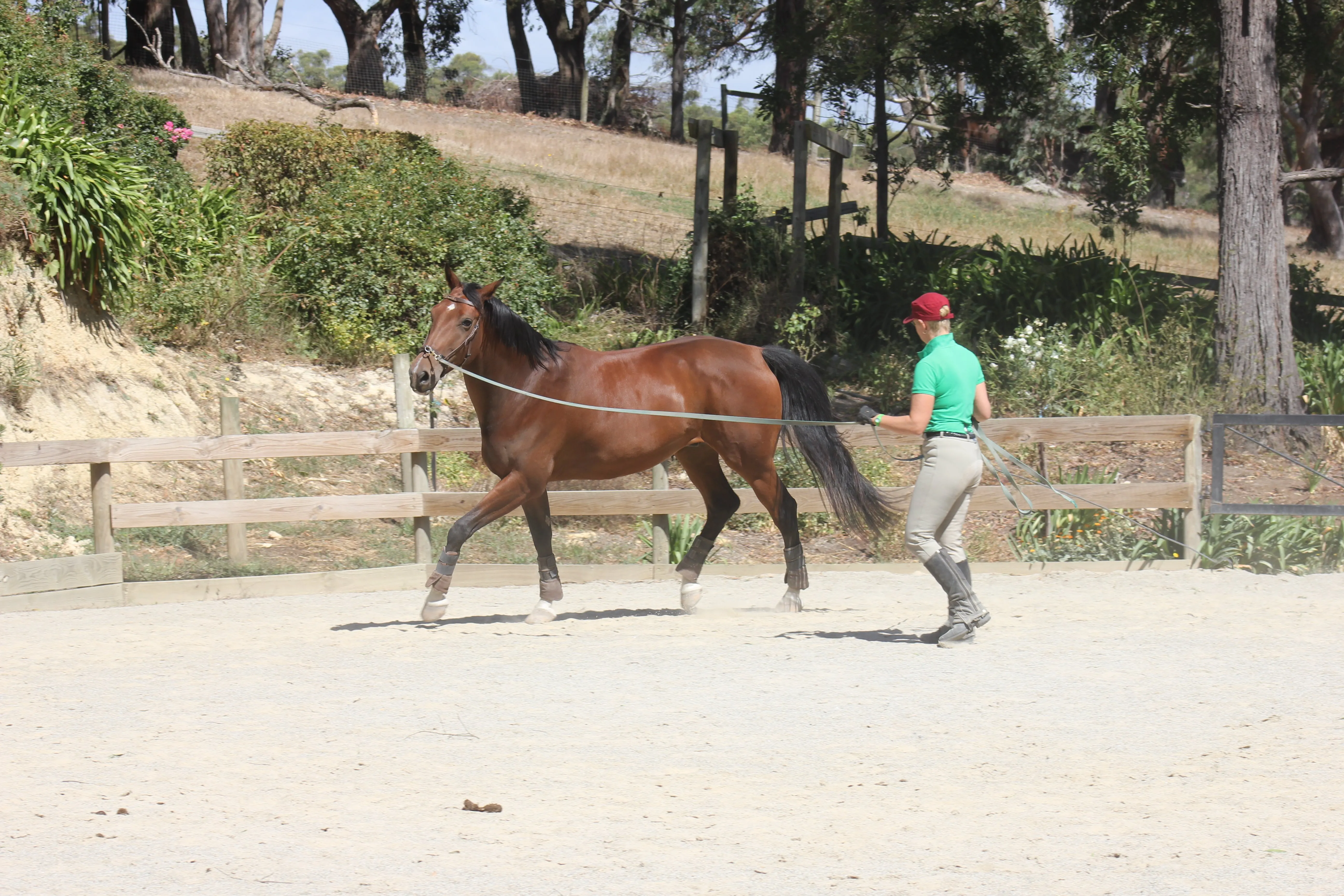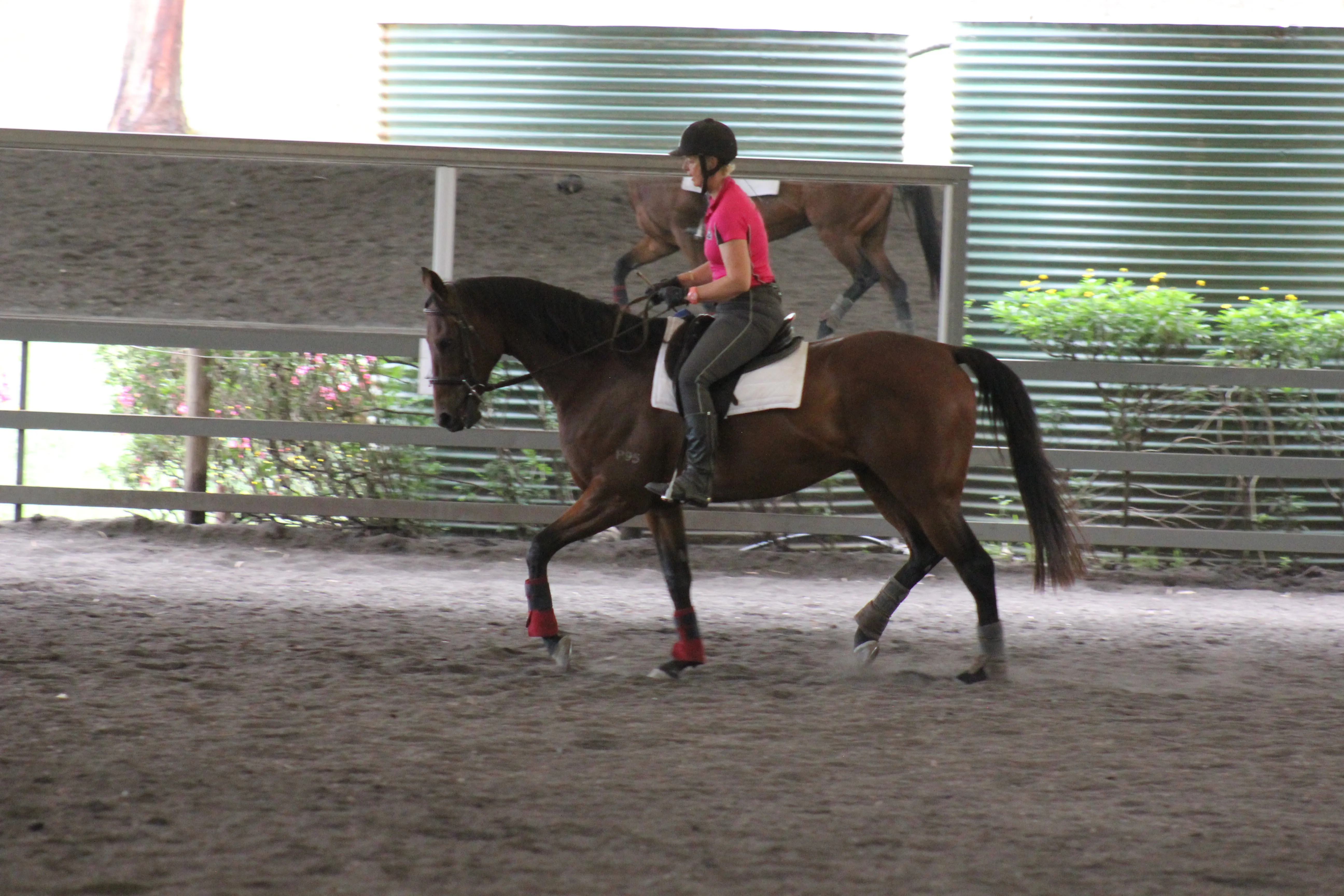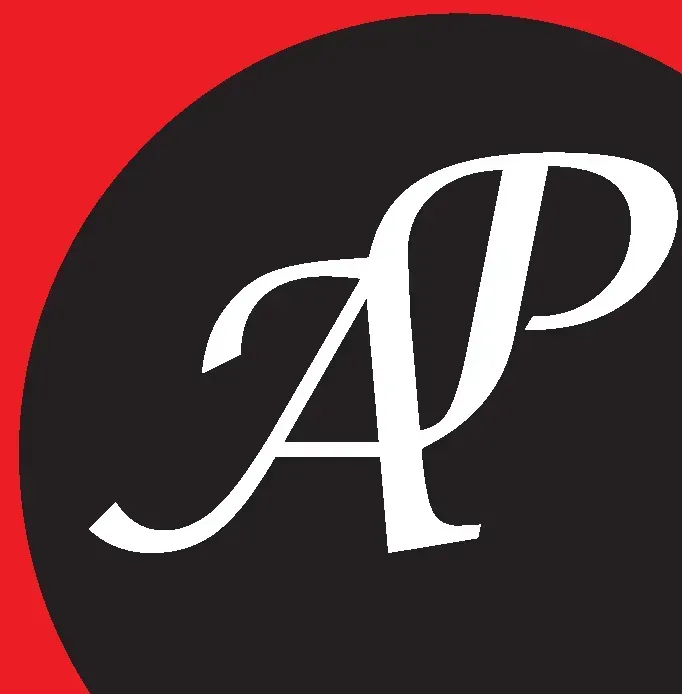Why Balance Through the Shoulders and Forehand Is the Key to Better Contact and Performance
Have you ever struggled with a horse that feels heavy in the hand, hangs on one rein, resists the contact, or just never feels truly straight?
If so, you’re not alone. Many riders assume these problems start in the mouth. The solution often seems obvious: change the bit, add a noseband, or try a stronger rider.
But here’s the truth: most contact issues don’t start in the mouth at all. They start in the body—specifically in the horse’s balance through the shoulders and forehand.
Fix the balance, and the mouth will follow.
What Happens When Balance Is Missing?
Every horse is naturally a little crooked. One shoulder tends to be more developed and contracted, the other weaker. Combine this with a lack of longitudinal balance (weight falling onto the forehand), and the horse simply cannot carry itself correctly.

What does that feel like under saddle?
- Heavy in the hand
- Lugging in or falling out on circles
- Opening the mouth to avoid pressure
- Sucking the tongue back
- Difficult to steer, harder to stop
Sound familiar? These issues aren’t about attitude or the wrong bit. They’re about mechanics.
When a horse’s shoulders aren’t even and the forehand carries too much weight, the connection from the hind end to the mouth is broken. Instead of a light, elastic contact, you get resistance and tension.
Why This Matters for Performance Horses
Whether you ride dressage, jump, event, or just enjoy a balanced hack, biomechanics matter. Balance isn’t just about how the horse looks—it’s about how efficiently and comfortably the horse moves.
When balance is missing:
✔ Steering becomes harder.
✔ Turns are unbalanced.
✔ Straightness is almost impossible.
✔ The horse works against you instead of with you.
Worse still, imbalance puts uneven strain on joints, tendons, and ligaments. Over time, this increases the risk of:
✔ Lameness
✔ Soft tissue injuries
✔ Uneven muscling and sore backs
✔ Shortened careers for performance horses
So if your goal is better performance and soundness, balance should be a top priority.

The Relationship Between Balance and Contact
True contact isn’t about holding the horse’s head in a frame or “fixing” the front end. Contact comes from the hind legs stepping under, the back lifting, and the energy flowing forward to the bit.
When the horse is balanced laterally (side to side) and longitudinally (front to back):
✔ The shoulders stay straight and stable.
✔ The forehand lightens.
✔ The hind end engages.
✔ The horse seeks the bit softly and evenly.
A horse that can carry itself in balance won’t lean, hang or fight the rein. Instead, you get a light, elastic connection—the type of contact every rider wants.
When Should You Start?
The earlier the better. Even before your horse is under saddle, simple groundwork exercises can make a big difference.
By starting with basic in-hand work, you can:
✔ Improve shoulder control
✔ Develop straightness before you ride
✔ Encourage correct weight distribution
✔ Lay the foundation for a strong, supple topline
Think of this like building a house. If the foundation is crooked, the walls will never stand straight. Balance is the foundation for everything you’ll ask for later.
How to Build Shoulder and Forehand Balance
There’s no quick fix—just thoughtful, consistent training that develops the horse’s body correctly.
Here’s how:
1. In-Hand Work
Start from the ground. Teaching the horse to move straight and evenly without a rider allows them to find their own balance before carrying weight. Exercises like gentle shoulder-in, halt-walk transitions and correct turns help build symmetry and control.
2. Lunging with Purpose
Forget running endless circles. Correct lunging with a cavesson (no side reins) with a simple lunge rein connected to the nose encourages bend and flexion through the neck and correct turning through the body. This develops the ability to step under and lift the forehand while stretching over the back creating bascule.
3. Pole and Cavaletti Work
Once the basics are in place, poles and raised cavaletti are excellent for:
✔ Building topline strength
✔ Improving coordination
✔ Encouraging even engagement from both hind legs
These exercises promote a horse that moves straight, carries weight behind and maintains balance naturally.

The Payoff: Lightness, Soundness and Longevity
When you invest in balance, you get more than just a nicer ride.
You get:
✅ Softer, more consistent contact
✅ Improved steering and straightness
✅ Reduced risk of injury
✅ Longer, healthier careers for performance horses
It’s not about gadgets or quick fixes. It’s about developing the biomechanics that let the horse move at its best.
The Bottom Line
If your horse feels heavy in the hand, struggles to turn or has anxiety with the bit, the problem hasn’t started in the bridle—it’s started in the body. Improve the balance and everything else will start to fall into place.
Start from the ground. Work progressively. Build a body that can carry weight without strain. Your horse will thank you — not just today, but for years to come.
Want to learn more about exercises for balance and straightness? [Read our full guide here or contact us for tips.]
